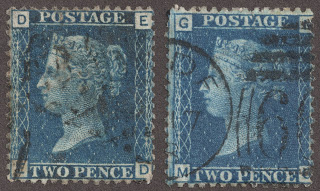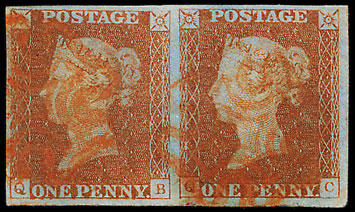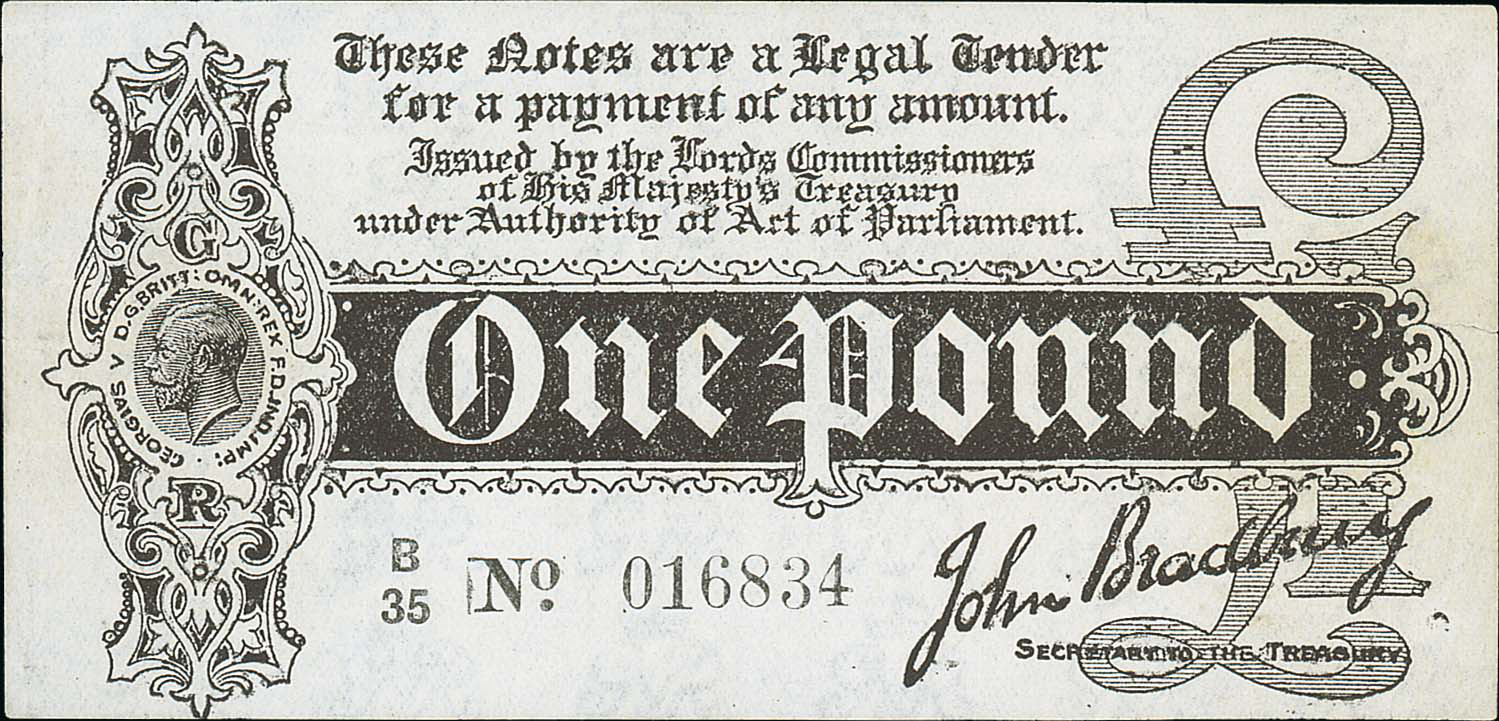Archaeological evidence suggests that hammered coins were produced in the UK from as early as 600AD.
First used by the Anglo-Saxons, these fascinating coins span a rich period of English history – from the Vikings and Normans through to the Tudors and Stuarts.
Today, most hammered coins are discovered by metal detectorists or collectors.
And unless you know what you’re looking for, identifying hammered coins can be a difficult process.
At Warwick & Warwick, our experienced team of numismatic experts can quickly identify hammered coins and give you an accurate idea of how much they are worth. To benefit from this FREE service or discuss a Private Treaty Sale, get in touch or call 01926 499031 now.
If you’d prefer to find out more about this activity first, we’ve put this simple guide together to shed some light on the hammered coin identification process.
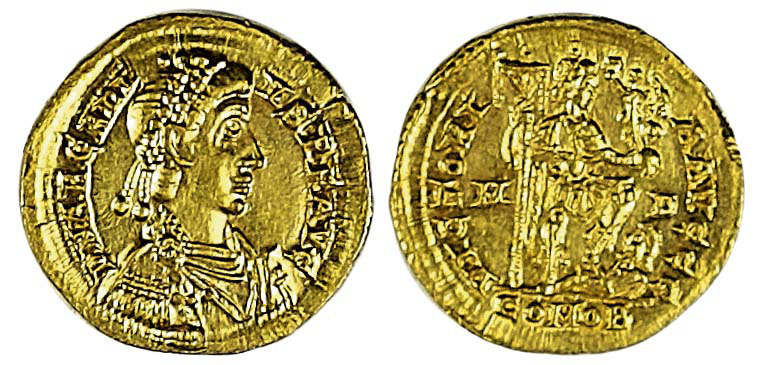
What are hammered coins?
Hammered coins were produced by placing a blank piece of metal, gold or silver (known as a planchet or flan) between two dies in order to strike the required pattern into both sides.
The anvil or bottom die was usually sunk into a sturdy surface like a log so the upper die could be struck with a hammer to produce the required image. It was therefore impossible to produce coins of a uniform size and weight.
This manufacturing method was largely unaltered until the introduction of milled coins in 1662.
An introduction to hammered coins identification
Identifying hammered coins is far from easy – even for the most experienced numismatists.
The reason for this is because many hammered coins are:
- Old and worn down
- Faded or have missing inscriptions
- Damaged or have ‘clipped’ edges
- Suffering from obscured text or pictures
With hundreds of variations used, struck from different mints and dies, even the breadth of UK hammered coins can seem daunting.
But if you learn to master five simple strategies, it is possible to make the hammered coin identification process much easier.
THE INSCRIPTION
Although the inscription (also known as the legend) can be the most difficult mark to identify, due to fading or damage, it’s the first place you should start.
This is because the inscription can provide the answer to the three main aspects of a coin’s identity:
- Issuing ruler
- Denomination
- Issuing mint
If you can discover one or more of these factors, it becomes easier to compile a clearer picture of the hammered coin in your possession.
However, due to the inaccuracy of the hammering process, the inscription letters are often unclear or poorly stamped. They can also be abbreviated, spelled differently or written in old unused languages.
When trying to decipher an inscription, look for patterns and keywords you can recognise and reference online.
Click here for a full list of inscriptions, broken down by the issuing ruler and the time period they were in power.
THE ISSUING RULER
Should the inscription be too damaged or difficult to interpret, the issuing ruler’s portrait could reveal the year or time frame when the coin was in use.
Most UK hammered coins feature an image of the King or Queen in power on the obverse.
If it’s difficult to establish who the ruler is just by looking at the coin, comparing the image to those on other coins can help you work out the monarch in question.
THE MINT MARK
Before the Royal Mint was founded in 886AD, there was no centralised or regulated minting system.
Under Roman rule, several mints were known to have existed in London as early as the 3rd century.
By the time the Anglo-Saxons came to power, there were around 90 mints in England.
They were run by a collection of blacksmiths, shops and small independent moneyers, so there are a wide variety of symbols for numismatists to decipher.
The main mints for hammered coins are:
- London
- Canterbury
- Durham
- Bury St Edmunds
- Berwick-upon-Tweed
- Nottingham
- Chester
- Exeter
- Steyning
As time went on, mint marks did become far more precise and easier to identify.
THE MONEYER
The moneyer is the person who struck the coin and/or owned the mint where this took place.
By law, these details had to be stamped on a hammered coin to ensure the moneyer could be accountable for its quality.
Whilst this can be a difficult inscription to decipher, doing so will yield lots of information.
THE SIZE AND WEIGHT
If all of the above steps fail to identify your coin, take a careful look at its size and weight.
Weighing and measuring a hammered coin can often get you a step closer to identifying it.
This is because hammered coins were made to very specific sizes and weights, as their value was derived from using a particular quantity of precious metal.
It is worth remembering that the ‘clipping’ process, where slithers of precious metal were shaved off for profit or to make a new coin, could affect this.
As a result, a hammered coin is likely to be smaller and weigh less now than when it was first struck.
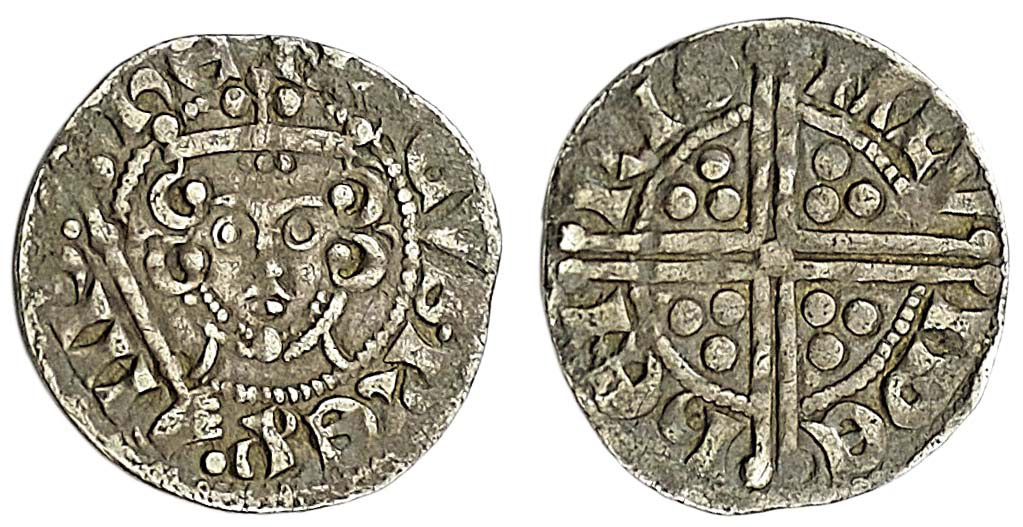
Conclusion - Enjoy the identification experience
Whether you’re a metal detectorist or dedicated numismatic, correctly identifying hammered coins can give you a great deal of pleasure.
Often the process is just as rewarding as finding the coin!
Should you require professional expertise, our hammered coins valuation team are happy to offer FREE and impartial advice. Call 01926 499031 to discuss your item – there’s no obligation to sell and you may end up receiving a pleasant surprise!


